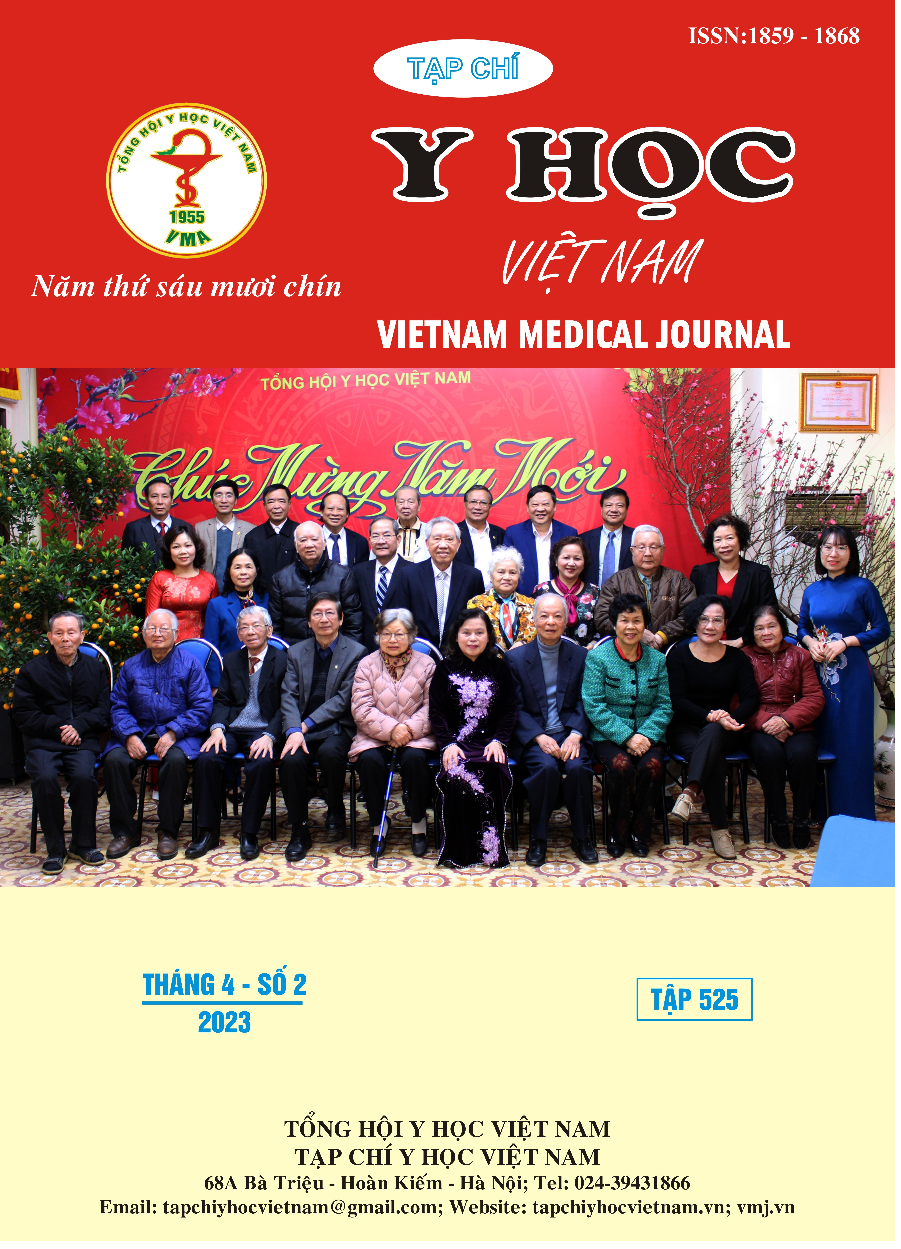CHARACTERISTICS OF SEPSIS AT HAIPHONG CHILDREN’S HOSPITAL IN 2014 - 2020
Main Article Content
Abstract
Objectives: To characterize of pathogenic bacteria and results of treatment of sepsis at Hai Phong Children's Hospital in the years 2014-2020. Materials and methods: Children under 15 years old who were hospitalized at the Hai Phong Children's Hospital during 2014 – 2020, diagnosed with sepsis. The organisms were isolated using standard culture techniques, and then antibiogram was performed following the Kirby-Bauer disk diffusion susceptibility test protocol. Results: We enrolled 226 cases of sepsis in this study. The most common bacteria causing sepsis were: S. aureus (20.8%), S. epidermidis (14.2%), P. aeruginosa (11.9%) and K. pneumoniae (11.9%). S. aureus was susceptible to amikacin, gentamycin, vancomycin, meropenem, less sensitive to cephalosporins (2nd, 3rd generation) and already resistant to penicillin and oxacillin. P. aeruginosa was susceptible to amikacin, gentamycin, meropenem, vancomycin and ciprofloxacin; less sensitive to cephalosporins and oxacilin. The average LOS for sepsis in children was 9.39 ± 6.19 days. The rate of severe cases of referral or death due to sepsis was still high (27.4%). Conclusion: Our study demonstrated a wide range of Gram-positive and Gram-negative pathogens to be responsible for sepsis in Hai Phong children and a significant status of antibiotic resistance. The rate of treatment failure due to sepsis was still quite high, requiring further improvement in disease diagnosis and treatment.
Article Details
Keywords
sepsis, children, antibiotic resistance, S. aureus, P. aeruginosa
References
2. Martin, G.S., et al., The epidemiology of sepsis in the United States from 1979 through 2000. N Engl J Med, 2003. 348(16): p. 1546-54.
3. Lee, J.Y.H., et al., Global spread of three multidrug-resistant lineages of Staphylococcus epidermidis. Nature Microbiology, 2018. 3(10): p. 1175-1185.
4. Bùi Thị Vân Nga, Nghiên cứu đặc điểm các tác nhân gây nhiễm khuẩn huyết tại Viện Huyết học - Truyền máu Trung ương năm 2015. Tạp chí Y học Việt Nam, 2016. 446: p. 289-296.
5. Hamer, D.H., et al., Etiology of bacteremia in young infants in six countries. Pediatr Infect Dis J, 2015. 34(1): p. e1-8.
6. El Solh, A.A. and A. Alhajhusain, Update on the treatment of Pseudomonas aeruginosa pneumonia. Journal of Antimicrobial Chemotherapy, 2009. 64(2): p. 229-238.
7. Qiu, Y., et al., Invasive Klebsiella pneumoniae Infections in Community-Settings and Healthcare Settings. 2021. 14: p. 2647-2656.
8. Laupland, K.B., et al., Population-based laboratory assessment of the burden of community-onset bloodstream infection in Victoria, Canada. Epidemiol Infect, 2013. 141(1): p. 174-80.


